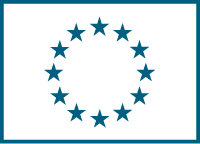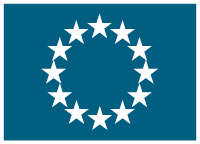Tyre Recycling for Environmental Advantage
(TREAD)
Date du début: 1 sept. 2005,
Date de fin: 1 juil. 2007
PROJET
TERMINÉ
Background
In Europe, an estimated 3 billion waste vehicle tyres are currently stockpiled, posing a significant hazard to the environment. While the volume of waste tyres is predicted to grow significantly across the EU in the coming years, the EU Landfill Directive now bans the land-filling of waste tyres. The effective management of waste tyres therefore poses an important logistical, technical and environmental challenge.
Objectives
The TREAD LIFE project aimed to demonstrate how a technology called âultra high-pressure water blastingâ (UHP) can be used to convert waste tyres into their component materials. Previous feasibility studies had showed UHPâs potential to achieve the complete reduction of waste tyres to clean rubber crumbs and steel. This project planned to build a demonstration facility, capable of treating an initial capacity of 750 000 tyres per year, to prove the methodâs feasibility on a large scale.
Results
This project has developed a novel technology to deal with the significant and increasing waste stream of used tyres. However, it experienced a number of problems in meeting its proposed timetable and the demonstration plant was not completed until very late on in the project schedule, by which time it was not possible to demonstrate the proposed capacity of 750 000 tyres a year.
The TREAD technolgy uses ultra high-pressure water jets with a new generation of advanced fluid intensifiers that is reliable at pressures over 3 750 bare for mechanically reducing waste tyres to their basic components. Small scale trials were carried to confirm the technologyâs potential ability to treat waste tyres. The results from these initial tests indicate that the UHP methodology successfully delivers high quality outcomes, judged to surpass other tyre reclamation processes, by producing rubber crumb of a fine grade, which is clean and without wire and textile contamination.
The environmental benefits associated with converting this high volume waste from a problem into products are strong and the technology is considered to offer transferable opportunities throughout the EU-27. UHP trials used less energy and water than equivalent tyre recycling processes. No notable emissions were created during the process, other than from the water pump motors. The project results support the EU strategy outlined in the 6th EAP by progressing technology that will:
Reduce waste to landfill;
Reduce energy consumption;
Reduce water consumption through recycling a large proportion of the water used in the process; and
Reduce the use of virgin raw materials.Preliminary trials indicate that 100% of the materials can be recovered from a range of tyre components (rubber crumb, steel cord, bead wire and textile fibre) and UHP technology includes variable process parameters to allow production of different end-product sizes for different target markets.
The recovered products have established markets, with standard size granules being used in playground or road surface applications and finer grades also have the potential to be used as a replacement for virgin rubber material. From the work done so far, the costs of the UHP technology are considered reasonable given the price that can be obtained by the recovered products. The technology is expected to provide a range of new employment opportunities in EU recycling businesses.
The project ended at a stage where its long term future remained very unclear. The beneficiary has now secured a site for the demonstration plant and the After LIFE Communication Plan includes a number of measures to support the projectâs on-going sustainability.
Further information on the project can be found in the project's layman report and After-LIFE Communication Plan (see "Read more" section).




